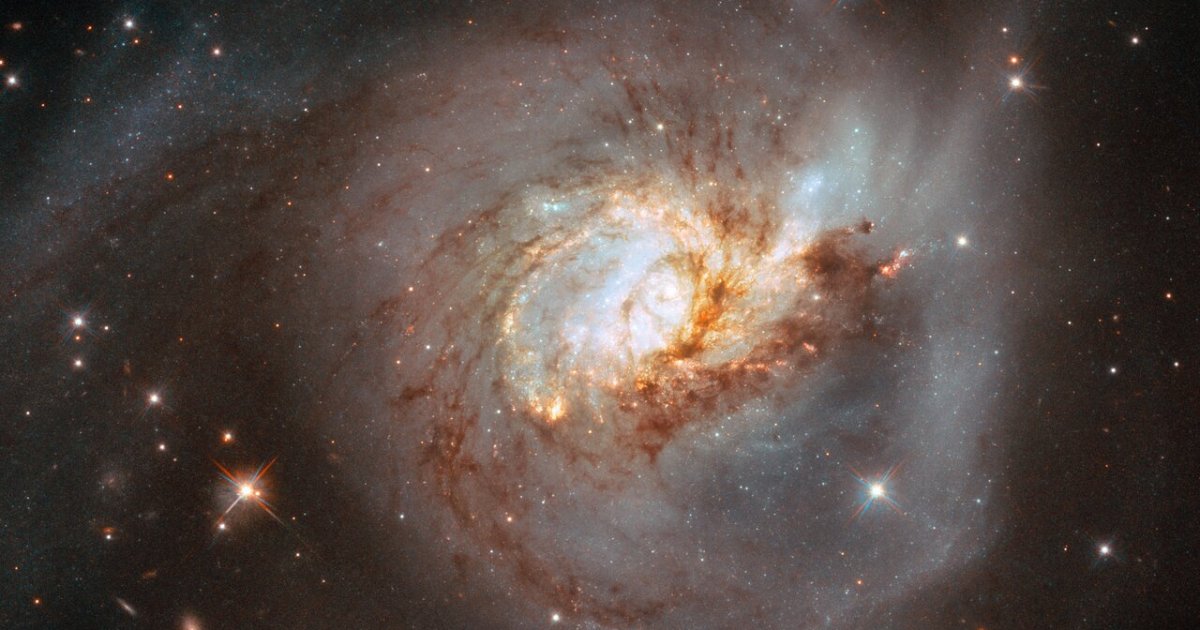
It may not seem obvious why astronomers need so many different powerful space telescopes. Is it certain that a more powerful telescope is better than a less powerful one? So why are there several different telescopes in orbit, either around the Earth or around the Sun?
The answer has to do with two main factors. One is the telescope’s field of view, which means how much of the sky it’s looking at. Some telescopes are useful for looking at large areas of the sky in less detail, serving as survey telescopes to pinpoint objects for further investigation or to look at the universe on a large scale — like the recently launched Euclid mission. Others, like the Hubble Space Telescope, look at small regions of the sky in great detail, which is useful for studying specific objects.
Another important factor for space telescopes is the wavelength in which they operate. Both Hubble and the James Webb Space Telescope are used to study objects like galaxies, but they do so at different wavelengths. Hubble operates primarily in the visible wavelength of light, like human eyes, while Webb operates in the infrared. This means that they can see different sides of the same things.
To illustrate how this works in practice, a new comparison shows the same target, galaxy NCG 3256, as seen by both Webb and Hubble.
This web image shows the tendrils of dust and gas that make up the arms of this galaxy. When new young stars are born out of dust and gas, they release radiation that strikes the dust grains around them, making that dust glow in infrared. Young stars also shine brightly in the infrared wavelength, with the brightest regions indicating hotbeds of star formation.
The Hubble image shows the same galaxy but seen at a different wavelength, originally taken in 2018. While Webb’s infrared vision allows looking through clouds of dust, in the visible light range that Hubble works in the dust creates dark filaments that block out the light. The galaxy is much brighter in the infrared than in the visible wavelength, but at this range you can see more clearly that the galaxy actually has two centers, or nuclei, the result of two galaxies merging together.
Editors’ recommendations




More Stories
Boeing May Not Be Able to Operate Starliner Before Space Station Is Destroyed
Prehistoric sea cow eaten by crocodile and shark, fossils say
UNC student to become youngest woman to cross space on Blue Origin